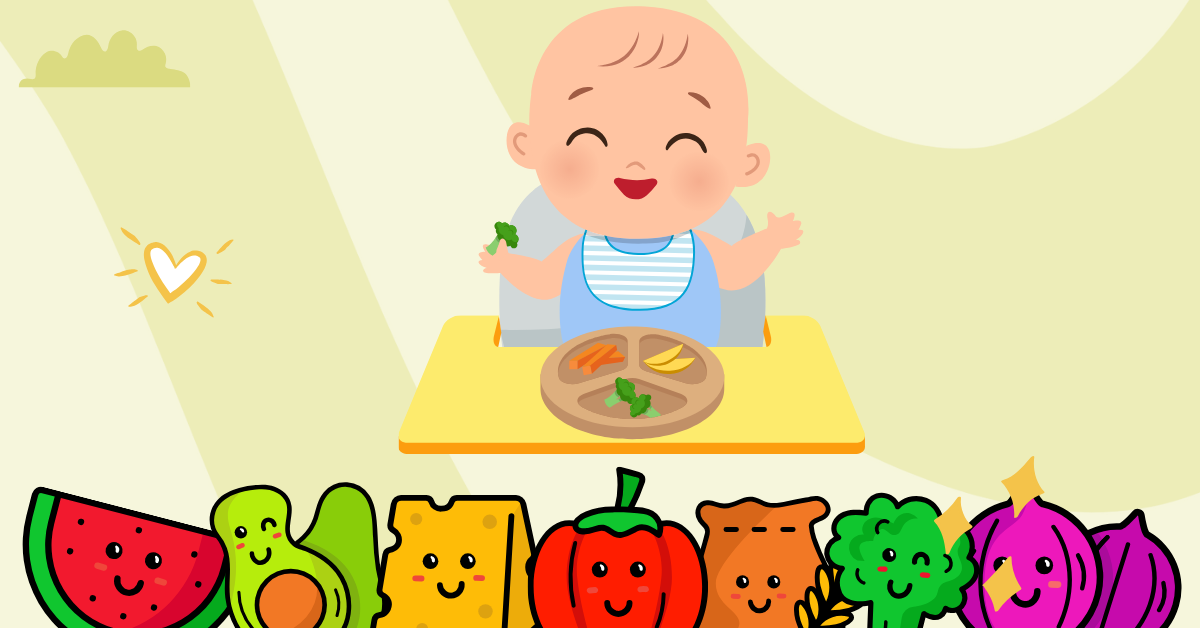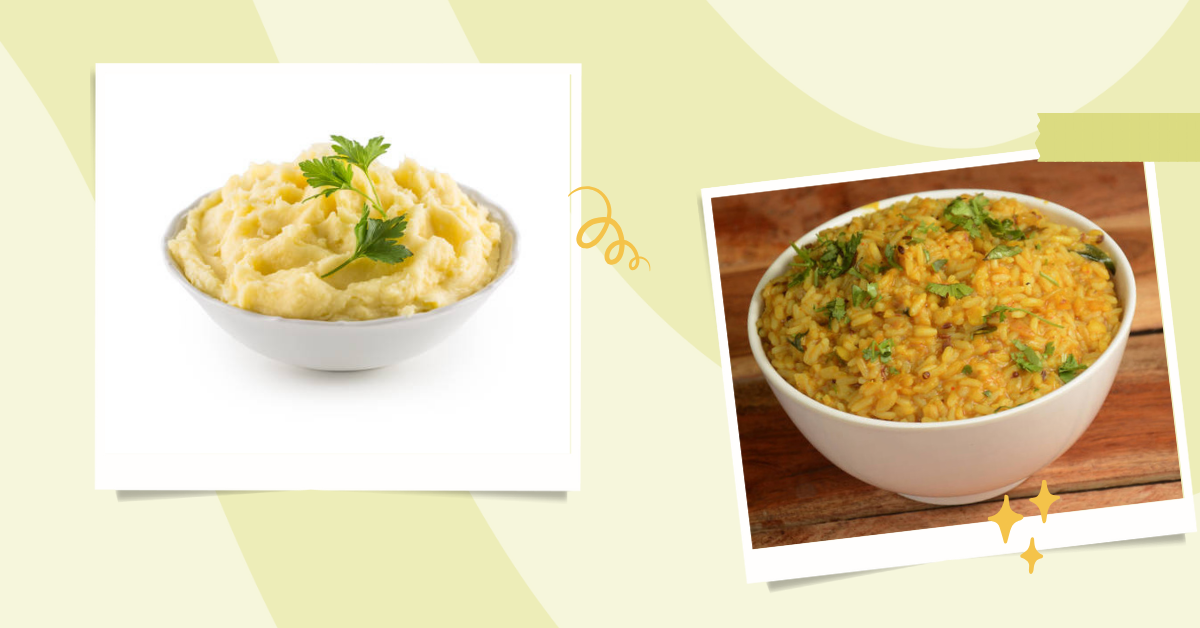Weaning, the introduction of solid foods alongside breast milk or formula, is a crucial milestone in an infant’s nutritional journey. At around six months, babies typically exhibit signs of readiness for solid foods, marking a significant transition in their dietary requirements.
In this article, we will discuss,
1) Babies Nutritional Needs
2) How to balance macronutrients
3) The importance of introducing iron-rich foods
4) How to progress with textures
5) Hygiene and Food Safety
Babies Nutritional Needs
Before delving into specific food choices, parents and caregivers must comprehend the nutritional needs of 6-month-old infants. Breast milk or formula remains the primary source of nutrition at this stage. However, as babies grow, they require adequate protein, healthy fats, vitamins, and minerals to support their rapid growth and development.
Additionally, their iron stores begin to deplete from birth, necessitating the introduction of iron-rich foods. You play a crucial role in your baby’s health and development by understanding and meeting these needs.
Following are some general guidelines parents should consider before introducing solids to their babies:
1. Begin with simple, single-ingredient purees such as
– Mashed banana
– Mashed avocado
– Cooked sweet potato or carrot (mashed or pureed)
– Cooked apple or pear (mashed or pureed)
– Mashed peas
This initial phase of introducing simple, single-ingredient purees is an excellent opportunity to spot any potential allergies or sensitivities your baby may have, such as reactions to common allergens like dairy, eggs, or nuts.
2) After introducing single-ingredient purees, gradually introduce new foods one at a time, waiting a few days between each new food to watch for any signs of allergic reactions.
How to balance macronutrients?
Aim to provide a balanced diet that includes a variety of foods from all food groups, including fruits, vegetables, grains, protein, and healthy fats.
These foods can be
1) Soft Cooked Fruits and Vegetables:
- Cooked and mashed pumpkin
- Soft-cooked apples or pears (cut into small pieces)
- Mashed mangoes, choose (sapota), papaya, peaches
- Steamed broccoli or cauliflower florets (cut into small pieces)
- Soft-cooked zucchini or cucumber (cut into small pieces)
2) Soft Cooked Grains:
- Cooked and mashed rice
- Cooked oatmeal or porridge (cooked with water or breast milk/formula)
3) Soft meats and alternatives (ensure they are thoroughly cooked and finely mashed):
- Pureed cooked chicken
- Pureed cooked fish (avoid varieties with bones)
4) Offer a variety of foods rich in protein for proper growth and development
- Well-cooked and pureed or mashed lentils or beans (such as mashed chickpeas)
- Smooth nut butter (such as peanut butter or almond butter) mixed with breast milk, formula, or water (if there is no family history)
- Smooth, plain yoghurt (choose full-fat varieties without added sugar)
The importance of introducing iron-rich foods
Given the prevalence of iron deficiency anaemia, incorporating iron-rich foods is paramount. Opt for foods such as mashed cooked lentils (dal), iron-fortified cereals, pureed meats like chicken or fish (ensure they are well-cooked and boneless), and green leafy vegetables like spinach or fenugreek (methi).
Combining these foods with a source of Vitamin C, such as pureed oranges or tomatoes, enhances iron absorption.
How do you progress with textures?
As infants become accustomed to solids, they gradually introduce thicker textures and finger foods to promote oral motor skills and self-feeding. Soft finger foods like well-cooked vegetables, fruit slices, or small pieces of paneer (cottage cheese) are suitable options. Monitor closely during this transition phase to prevent choking hazards.
Hygiene and Food Safety
Maintaining strict hygiene standards during food preparation is paramount to preventing foodborne illnesses. Wash hands thoroughly before handling food, use clean utensils and cooking surfaces, and ensure that foods are cooked and stored appropriately. To minimize the risk of contamination, avoid feeding leftover food from adult plates.
Babies may take some time to adjust to eating solid foods, so be patient and responsive to their cues.
Let them explore different foods at their own pace and respect their hunger and fullness cues.
Conclusion
Weaning is a significant milestone in an infant’s nutritional journey, laying the foundation for lifelong eating habits and health outcomes. By adopting a scientific approach, parents can ensure that their 6-month-old infants receive a diverse, nutrient-rich diet that promotes optimal growth and development. Remember to observe your baby’s cues, prioritize nutrient-dense foods,








